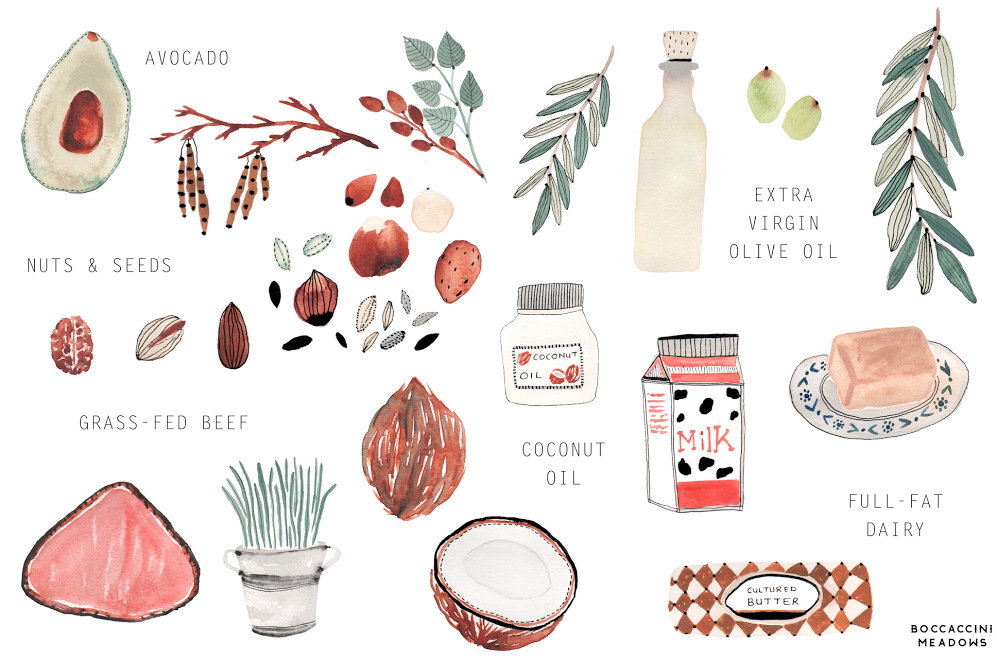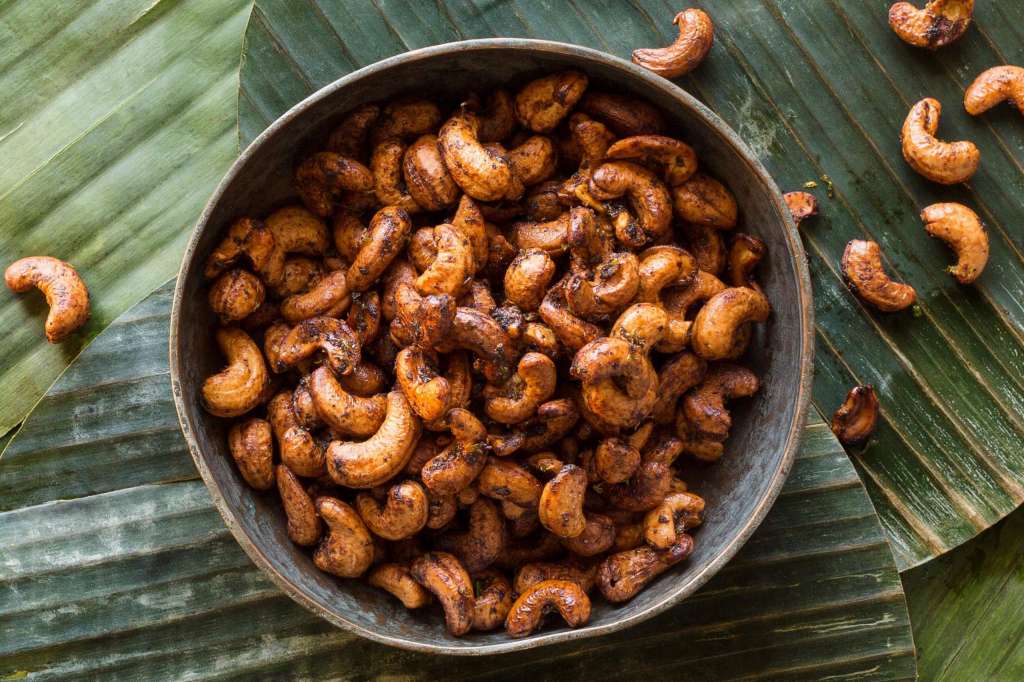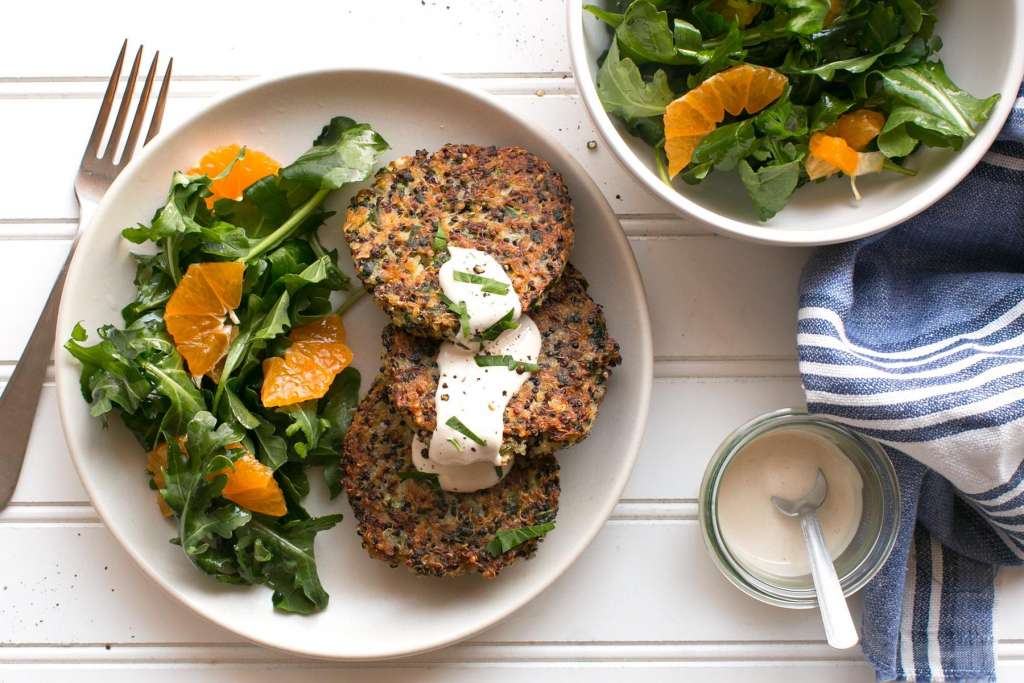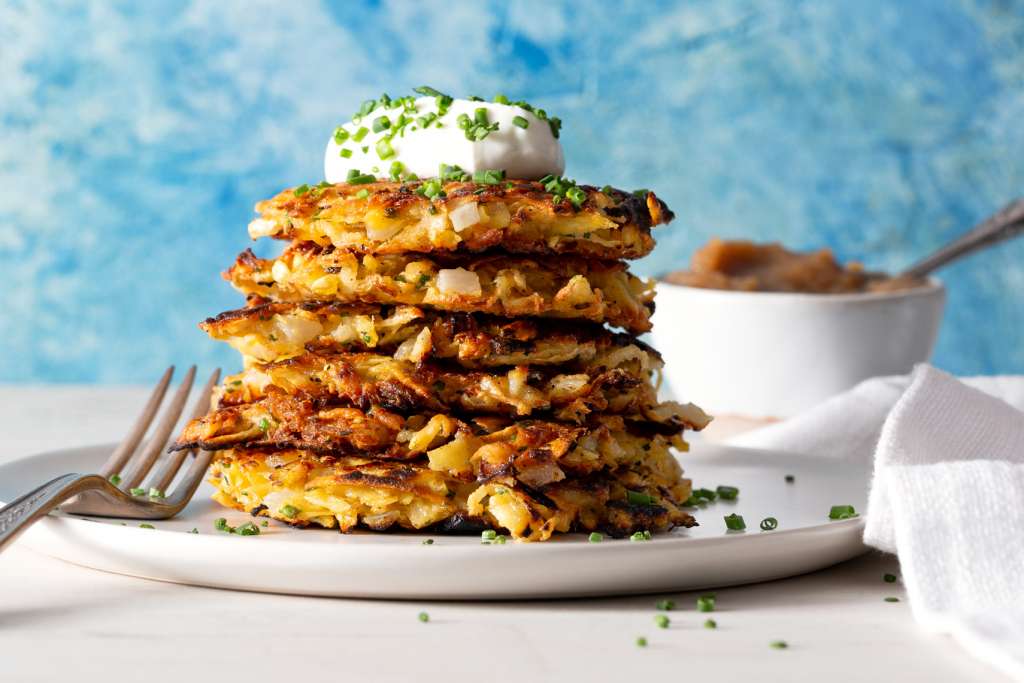Cracking the coconut
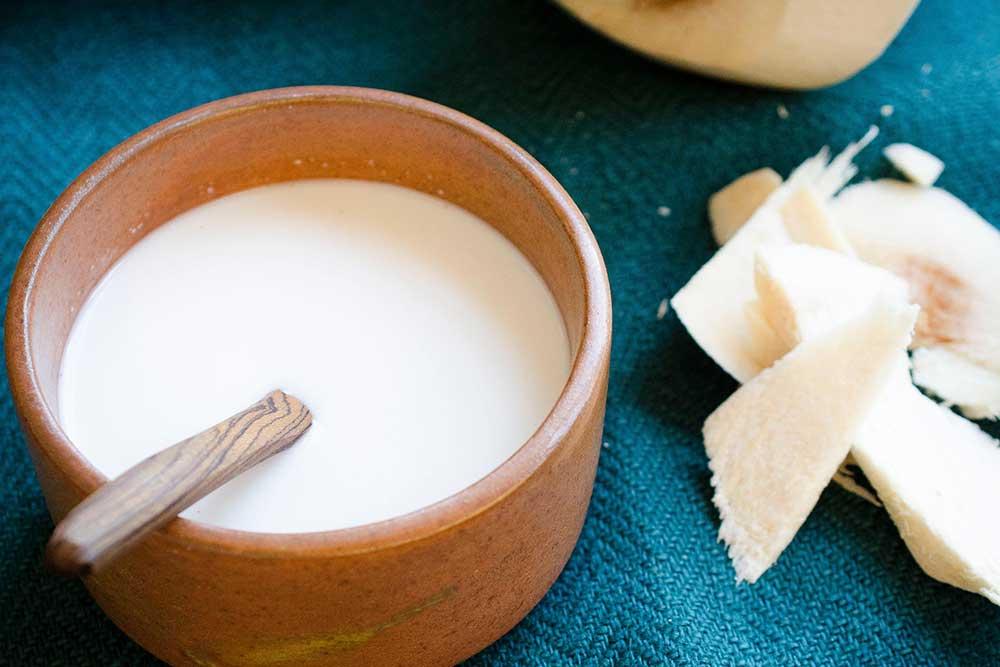
If you’ve been to the supermarket lately, you may have noticed that coconut is having a moment. Evidence of the popularity of the hairy tropical fruit (not a nut) is in almost every aisle. You can now buy sugar, flour, butter, milk, vinegar, oil, and of course the ubiquitous water all made from coconut. Tip your hat to followers of the paleo diet, who have enthusiastically embraced coconut products as alternatives to dairy, soy, and grain, for the fruit’s rise to fame.
Coconuts have not always been so popular, especially with nutritionists. For a long time, health professionals were wary that coconut carried high levels of calories and saturated fats, but new research has spurred a closer look. We now are discovering that the high levels of medium-chain triglycerides in coconuts may raise good cholesterol (HDL), and that they convert to fuel more quickly than the long-chain triglycerides found in animal fats, a finding that points to coconut’s advantage as a weight-loss tool. Coconut sap, which is used for vinegar and to make the popular coconut aminos, is low glycemic food, 17 amino acids, and boasts a broad spectrum of B vitamins. It also has a high mineral content (thank the volcanic soil where coconut trees thrive).
Here at Sun Basket, we’ve stocked our larder with some our favorite coconut-based ingredients.
Coconut milk—If you’ve ever cracked open a coconut, you may have wondered what happened to the milk. Coconut milk, like coconut oil is actually made from the meat. It’s grated and heated until it liquefies, and adds a delicious, dairy-free creaminess to this week’s Masala Chickpea-Kale Curry with Red Rice.
Coconut flour—Made by finely grinding coconut meat, coconut flour is rich in fiber, a great source of protein, and may help maintain proper blood glucose levels in individuals with diabetes. It has a very fine texture and is highly absorbent, which makes it a terrific gluten-free binder for these Tomato-Braised Turkey Meatballs with Zucchini and Curried Cauliflower.
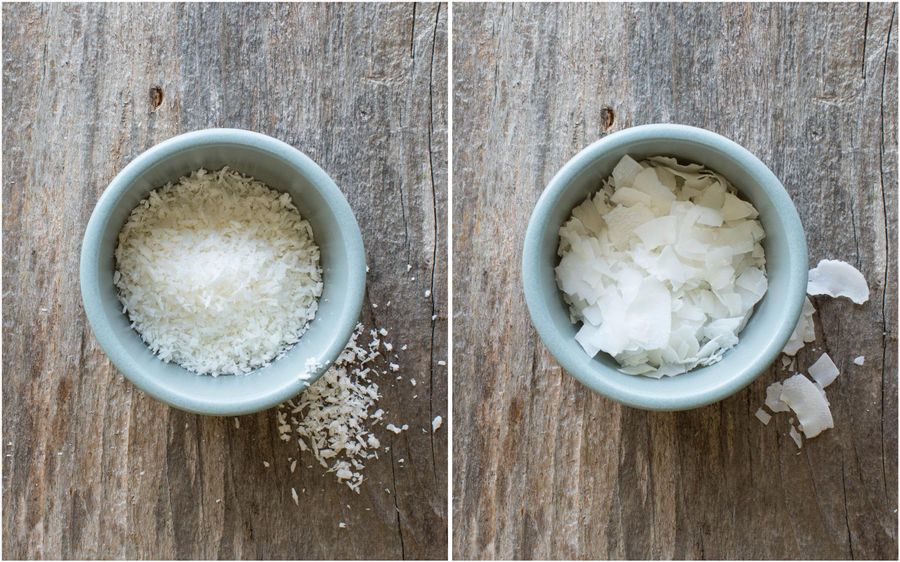
Coconut flakes—Unsweetened dried coconut, both shredded and shaved, is a favorite addition to smoothie bowls, soups, stir-fries, and curries. Toasting the flakes brings their nutty flavor to the forefront.
Coconut oil—This saturated fat (which means it’s solid at room temperature) is ideal for searing and sautéing. Coconut oil contains antioxidants and lauric acid, which has been shown to have antimicrobial properties and may reduce inflammation. We love the subtle coconut flavor the oil imparts to other foods
Coconut sugar—This less-refined sweetenter has a lower glycemic index thanks to inulin, a dietary fiber that helps slow glucose absorption. With a richer flavor than granulated sugar—think brown sugar—that hint of caramel adds depth and complexity that you won’t find in the white stuff, one of the reasons we think it makes a tastier quick-pickle brine for vegetables in our Banh Mi Chicken Salad.
Coconut aminos—Naturally gluten-free coconut aminos have the same rich umami flavor but far less sodium than soy sauce. They deliver a terrific Asian flavor to everything from salad dressings to marinades to dipping sauces and stir-fries.
Coconut vinegar—When the coconut sap is fermented it becomes coconut vinegar. It’s cold-processed, which means it’s full of healthy probiotics. The flavor is surprisingly complex with notes of maple, vanilla, and rum. We like to use it as a paleo-friendly substitute for rice vinegar.
